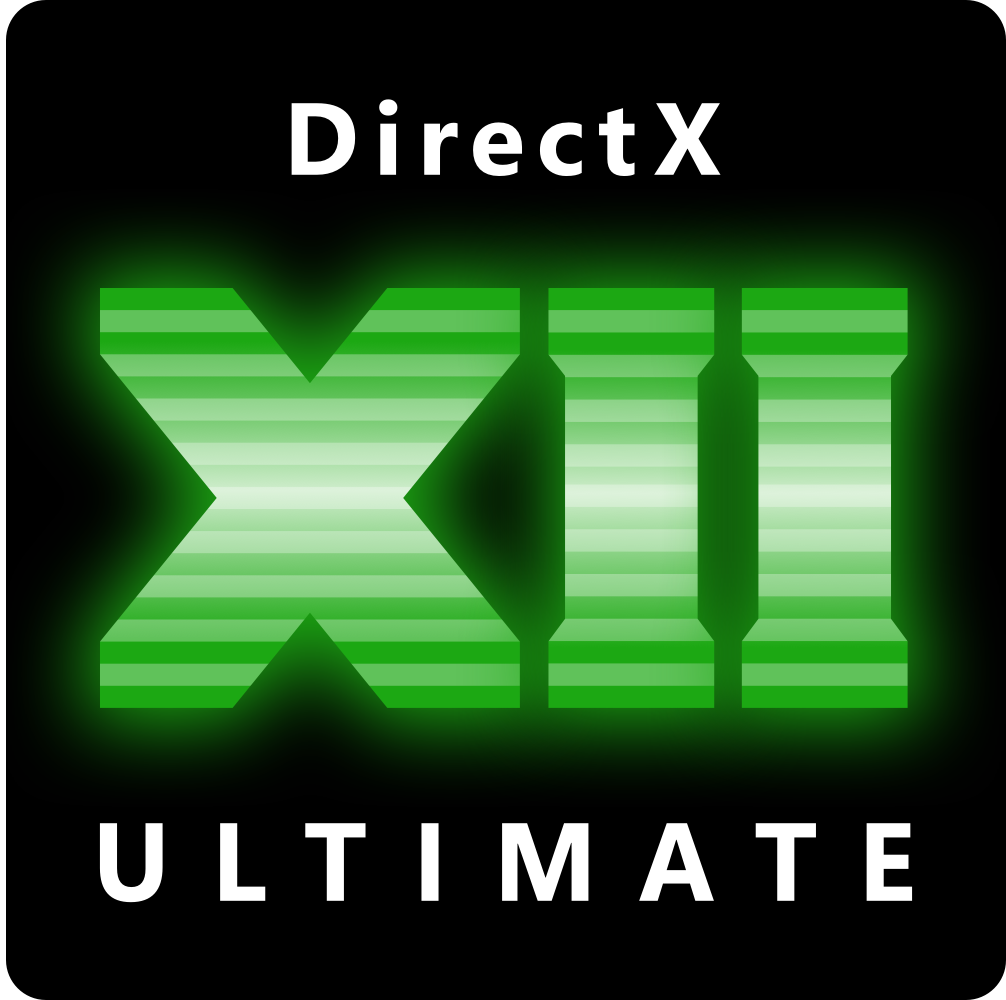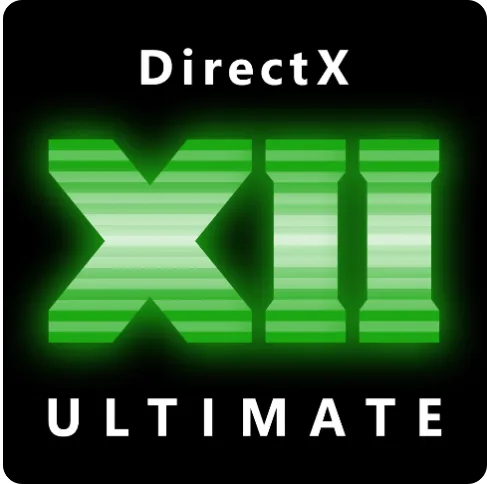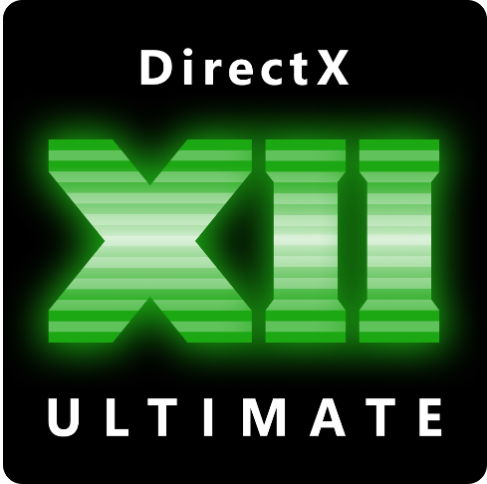DirectX Developer Blog
The latest news on Microsoft's Graphics and Display technology
Latest posts

DirectX Graphics Samples Updated to Agility SDK + Enhanced Barriers examples
We’re excited to share all DirectX Graphics Samples have been updated to use the latest DirectX 12 Agility SDK. What’s New: Why Enhanced Barriers Matter: Enhanced Barriers introduce a more expressive and predictable barrier model, reducing synchronization overhead and simplifying resource layout management and aliasing. Get Started: Visit https://github.com/microsoft/DirectX-Graphics-Samples to explore the updated samples.

Agility SDK 1.618: Advanced Shader Delivery and 1.716 out of preview
We are pleased to announce the retail release of AgilitySDK 1.618, available on Agility SDK Downloads today! This release promotes our 1.716 features out of preview and also introduces support for the recently announced advanced shader delivery feature. Advanced Shader Delivery Advanced shader delivery is a new feature that distributes precompiled shaders when downloading a game, eliminating in-game shader compilation stutter and long load times. This solves one of the biggest pain points in PC gaming today, making it easier than ever to deliver a console-quality experience on Windows. Advanced shader delive...

The Silicon, Graphics, Media and AI (SiGMA) team is hiring!
Do you want to be a part of the Silicon, Graphics, Media and AI (SiGMA) platform team? We are hiring for multiple positions – if you’re interested in knowing more about opportunities in SiGMA, please see the below for more details!

Shader Model 6.9 and The Future of Cooperative Vector
Direct3D Cooperative Vector is Evolving DirectX continues to evolve to support the growing demands of AI and machine learning workloads. As part of this effort, we plan to introduce an expanded suite of linear algebra capabilities in a future Shader Model release, unlocking even more robust GPU acceleration for bedrock AI/ML computations within the graphics pipeline. This work extends our experimental Cooperative Vector implementation by introducing accelerated matrix-matrix operations, crucial for scaling AI/ML workloads beyond what lightweight vector-matrix alone can handle. This will unlock new performanc...

Introducing Advanced Shader Delivery
This year at gamescom, Microsoft is highlighting new gaming features coming for Windows, particularly for handheld devices. We want to highlight one of the DirectX team’s most exciting new contributions to the PC gaming ecosystem, which will make its debut on the new ROG Xbox Ally and ROG Xbox Ally X. Advanced shader delivery addresses one of the most frustrating challenges for PC gamers today – long load times and disruptive stuttering during a game’s first launch. These delays are caused by the need to compile graphics shaders and cache them for future use. For a deep-dive on this topic, we recommend reading...

DirectStorage 1.3 is now available
Today we’re releasing DirectStorage 1.3, this update includes a new API and several refinements based on developer feedback. The package is now available for download via NuGet. Read on to learn about what’s new with DirectStorage 1.3. EnqueueRequests – Enhanced I/O Scheduling DirectStorage 1.3 adds a new API called EnqueueRequests. This API gives developers more flexibility and control over how data requests are issued and synchronized with graphics work. EnqueueRequests allows developers to batch multiple requests in a single call and synchronize them using a D3D12 fence to better coordinate DirectStorage wit...

D3D12 Cooperative Vector
Welcome to the preview release for Cooperative Vector support in D3D12. This exposes powerful new hardware acceleration for vector and matrix operations, enabling developers to efficiently drive neural rendering techniques directly from individual shader threads in real-time graphics pipelines. In research and in industry, machine learning based approaches have made their way to mainstream, replacing/augmenting traditional techniques. In graphics, neural network based rendering methods are gaining popularity over traditional methods of image reconstruction, texture compression, material shading etc. Simul...

D3D12 Opacity Micromaps
DirectX Raytracing (DXR) now supports Opacity Micromaps (OMMs), enabling hardware to handle alpha tested geometry more efficiently than relying only on costly AnyHit shader invocations. At GDC 2025 DXR 1.2 was announced including OMMs, and you can see it discussed in this: GDC DirectX State Of The Union YouTube Recording. In the video, Remedy showed the performance wins they achieve using a synergistic combination of OMMs and Shader Execution Reordering in Alan Wake 2. Out of the gate all NVIDIA raytracing capable hardware supports OMMs (currently developer preview drivers). Over time additional hardwa...

D3D12 Shader Execution Reordering
Shader Execution Reordering (SER) is an addition to DirectX Raytracing that enables application shader code inform hardware how to find coherency across rays so they can be sorted to execute better in parallel. At GDC 2025 DXR 1.2 was announced including SER, and you can see it discussed in this: GDC DirectX State Of The Union YouTube Recording. In the video, Remedy showed the performance wins they achieve using a synergistic combination of Opacity Micromaps (OMMs) and Shader Execution Reordering in Alan Wake 2. SER is designed such that when applications use it to give sorting hints to drivers, it is u...
